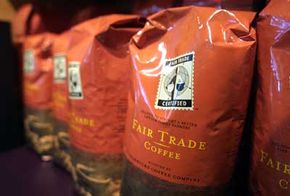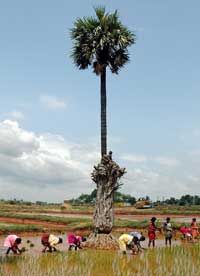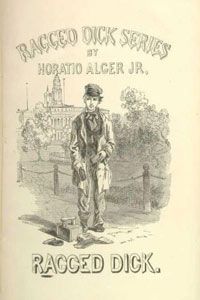We might not give it a lot of thought at the cash register, but some of the products we buy travel around the world to reach us. From fruits and vegetables to manufactured goods, you can trace various products back through the retailers, wholesalers, transporters and middlemen to many of the world's impoverished areas.
When you buy an espresso at the local coffee shop, a lot of the freshness and quality of the original handpicked beans comes through in the finished product. But how much of the money you paid actually makes its way back to the impoverished laborers who picked the beans? Not much. And when you figure in the dropping price of coffee and the high tariff barriers intended to keep imported goods from outselling domestic goods, the profit for farmers sinks even lower.
Advertisement
But what if you paid a little more for that espresso so that more money would reach the farmer at the bottom of the production line? Fair trade products allow consumers to do just this. The fair trade movement sets out to empower producers at the local level by paying them fairer wages for their labor, strengthening their local living conditions and giving them a stronger voice in the market.
While free trade advocates push for international trade devoid of as much regulation as possible, fair trade advocates insist that free trade isn't enough. They argue that without regulation, a global trade system with power centralized at the international level will always hurt local-level workers. This is one of the key criticisms against globalization.
While governments and global organizations continue to wrestle with the best ways to manage free trade from an international perspective, fair trade advocates have been trying to make a difference from the consumer end since the late 1980s. Instead of waiting for global and national groups to change the rules that govern business, they simply changed the way they did business.
How do fair trade businesses and organizations carry this out? It's all in the label.
Advertisement




